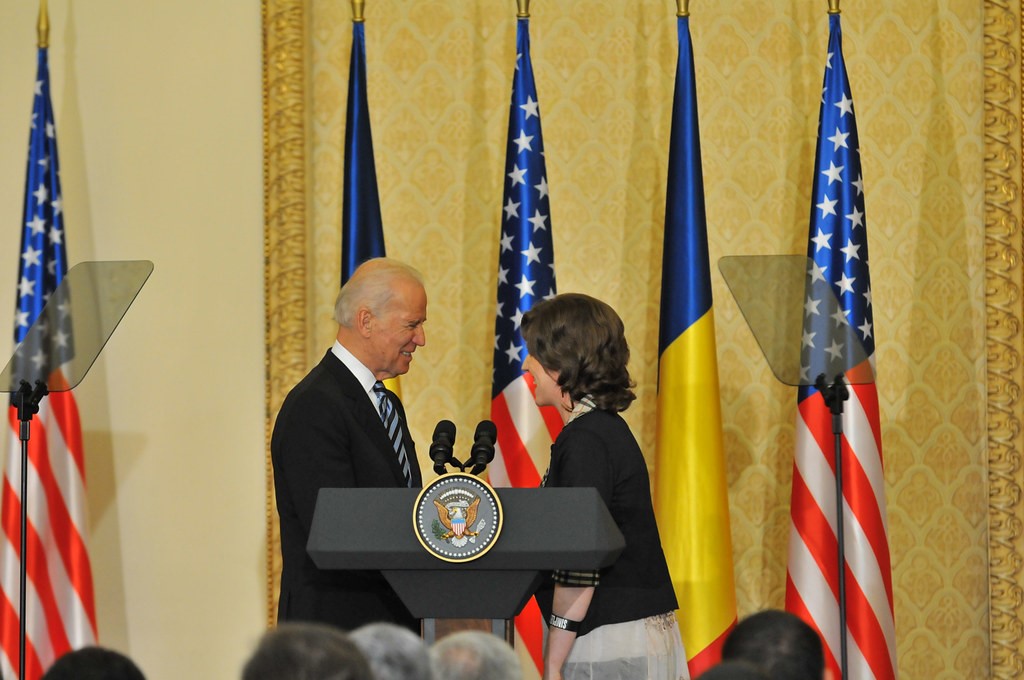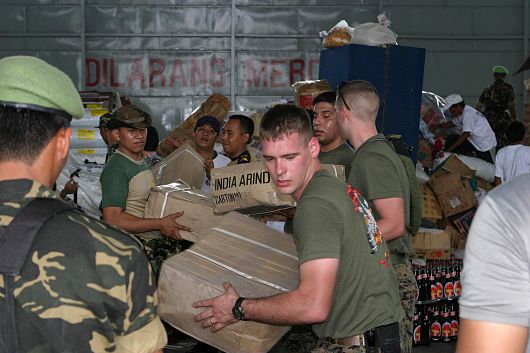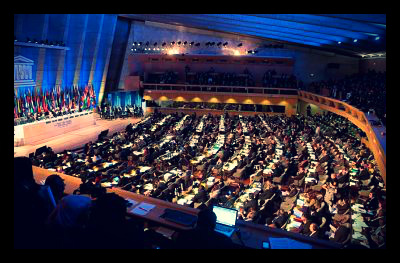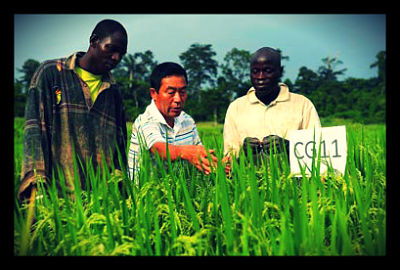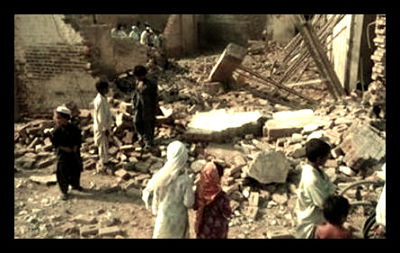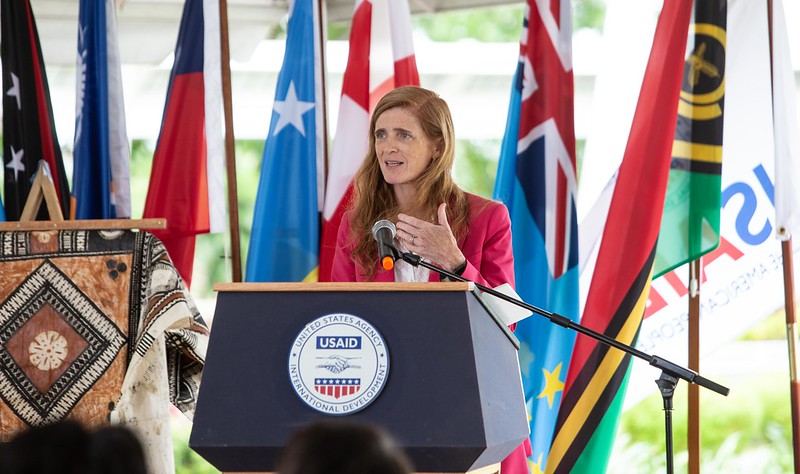 In September 2022, The Biden Administration announced the first U.S.-Pacific Island Partnership Summit. The promise made by the United States government highlights nine key areas to improve relations between the U.S. and Pacific Island nations such as Papua New Guinea and Fiji.
In September 2022, The Biden Administration announced the first U.S.-Pacific Island Partnership Summit. The promise made by the United States government highlights nine key areas to improve relations between the U.S. and Pacific Island nations such as Papua New Guinea and Fiji.
Among various initiatives, such as addressing climate concerns and enhancing maritime security, a significant focus has been the expanded involvement of USAID in the region. A year following this summit, it’s essential to assess the progress made toward achieving goals and addressing poverty in the area. How has the region advanced in its efforts to combat poverty?
Environmental Protection
With global concerns about climate and environmental changes at an all-time high, the focus on conservation and protection is one of the main pledges to the Pacific Islands.
In February 2023, USAID gave $1 million to Fijian organizations that work to aid the poorest in society and protect them against natural disasters.
The main benefactors of these grants are the Live & Learn Environmental Education Fiji group, an organization that builds the resistance of poor communities in the form of food security, biodiversity education and correct sanitary practices.
A similar campaign was launched in Samoa also. USAID provided an additional $1.5 million to fund Samoan plans, many of which focus on rural communities that do not have accessible means to facilities found in the cities.
Communities in Vanuatu were devastated by a pair of cyclones in March. Less than a month later, USAID funded a $3.2 million aid program that gave vulnerable citizens shelter, safe water systems and food support to kickstart the agricultural processes again.
The U.S.-Pacific Island Partnership Declaration focused heavily on giving thousands of people the relief they would need due to environmental issues. So far, USAID has delivered on its promise, allowing vulnerable people to be given the support that they desperately need.
Food Security
As stated, many environmental protection organizations work hard to provide food security for the vulnerable. Grants have been given by USAID to support specific food programs across the Pacific Islands.
In May 2023, USAID awarded $950,000 to the Adventist Development and Relief Agency in Fiji. The funds were used to incorporate technology into agriculture to increase yields across the most vulnerable communities.
A total of 50 different communities were involved with the project, improving their agricultural independence and education on the best methods for more bountiful, greener growing.
According to the Food and Agriculture Organization of the United Nations (FAO), an estimated 3.85 million people in the Pacific Islands live beneath the international poverty line — $1.90 per day.
Dietary-related Non-communicable diseases (NCDs) are high in the Pacific Islands. One-quarter of people in the Pacific Islands deal with a degree of food insecurity, particularly women and children in rural communities.
Point four of the U.S.-Pacific Island Partnership Summit is to enhance sustainable development in the Pacific. Food security is at the heart of this issue, and programs carried out so far have been successful in granting people suffering from food security greater reassurance.
Economic Support
One of the most important components of developing nations is creating self-sufficiency through stronger economic conditions. The U.S.-Pacific Island Partnership has worked over the last year to create infrastructure in some of the nations that need it most.
In May 2023, the U.S. pledged a $23 million grant to Papua New Guinea, with a major focus on resources and economic structure. Earlier, the East Micronesia Cable project progressed further with support from the U.S., Australia and Japan. The plan involves creating a cable link under the Pacific Ocean to connect Micronesia with Kiribati and Nauru.
The project will not only fund thousands of jobs during its completion but also provide improved communications to rural populations on the islands, increasing societal growth and quality of life across the different nations.
The Future Is Promising
As promised in its pledge, the U.S. opened a country representative office in Papua New Guinea and a new regional mission in Fiji. These two implementations cover all across the Pacific Islands, allowing USAID to be based directly in these nations to oversee projects and create greater relationships with the people its work is impacting.
In August 2023, USAID administrator Samantha Power announced further plans to support the Pacific Islands with issues regarding climate, cybersecurity and health care partnerships with the FAO and the World Health Organization (WHO).
In her keynote speech, Power stated “This new mission here in Fiji, and the new office based in Papua New Guinea, are the next step in the United States’ reinvigorated commitment to the Pacific Islands. It will provide a platform to substantially increase our investments in the salutations that you are advocating for, to build on the process we have made together, and to partner more deeply.”
A year after its initiation, the U.S.-Pacific Island Partnership Declaration offers valuable insights into the region’s poverty outlook. While numerous projects and goals remain to be achieved, the commitment to this pledge endures due to the dedicated efforts of USAID. With sustained growth and emerging opportunities, the future appears more promising for many individuals facing poverty in the Pacific Islands since President Biden made this commitment.
– Oliver Rayner
Photo: Flickr
 COVID-19 took the world by storm as it crippled and shut down areas all over the globe, including China, Italy and Spain. Although these nations had robust economies, they were not prepared to handle the economic or medical ramifications of the pandemic. Amid this disaster, the U.S. is pushing to diversify its medical supply chain in the hopes of creating a more secure network for the nation and the world at large. Here are the top 3 things you should know about U.S. foreign policy regarding supply chain diversification.
COVID-19 took the world by storm as it crippled and shut down areas all over the globe, including China, Italy and Spain. Although these nations had robust economies, they were not prepared to handle the economic or medical ramifications of the pandemic. Amid this disaster, the U.S. is pushing to diversify its medical supply chain in the hopes of creating a more secure network for the nation and the world at large. Here are the top 3 things you should know about U.S. foreign policy regarding supply chain diversification.